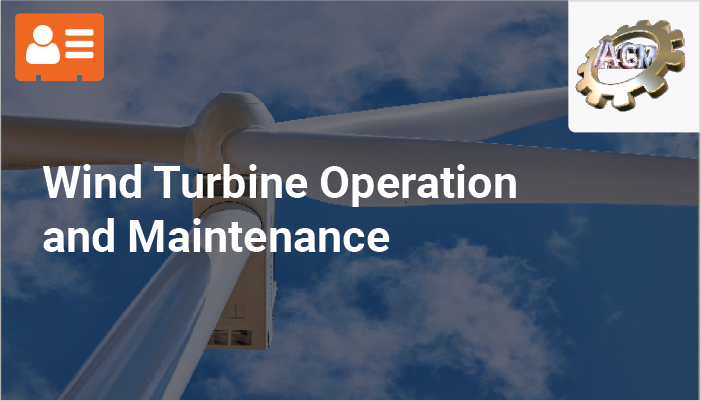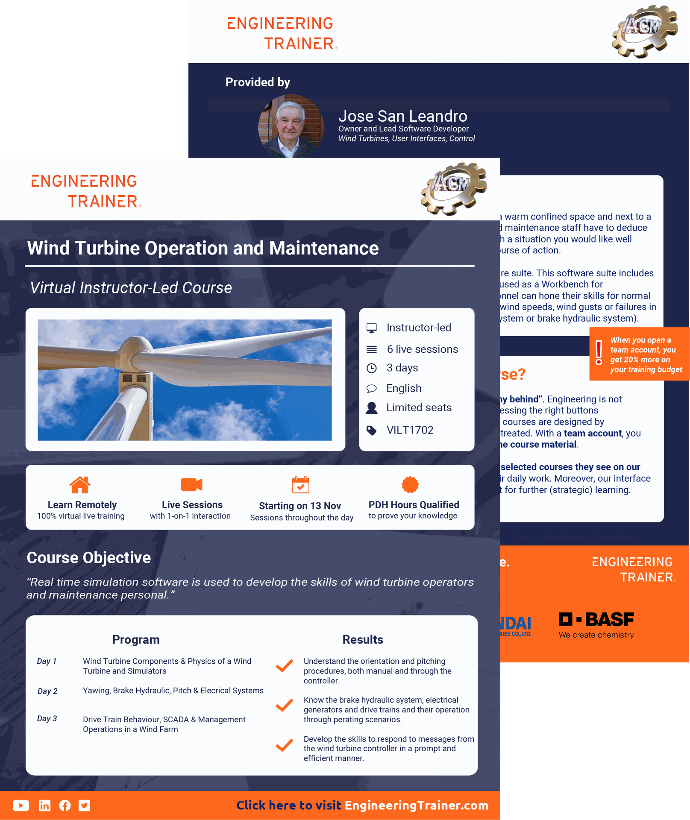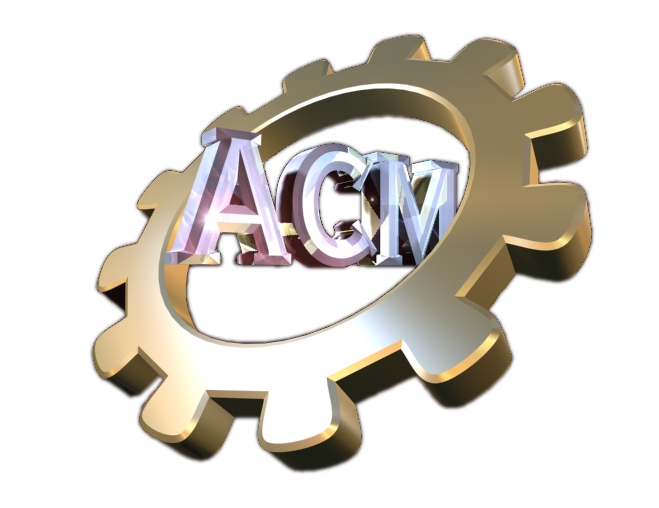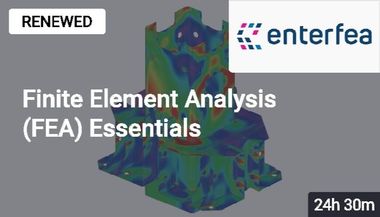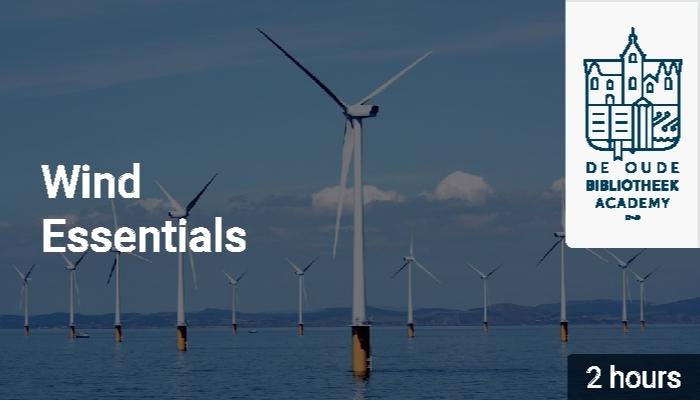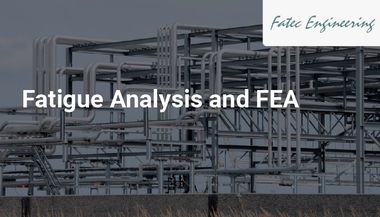Wind Turbine Operation and Maintenance
Join the Program
Price: €800
Registration deadline: 15 July 2024
15hr Content/ 3 day program
16 Credits
Jose San Leandro
VILT1702
Format:
Instructor-led
"Dates and Payments will be arranged with you after the registration deadline. Register today!"
Reduced fees with a team account
Contact us to discover the benefits of a team account
Prefer a private in-company training?
Contact us to arrange one for this course
Course Objective
“Real time simulation software is used to develop the skills of wind turbine operators and maintenance personal in responding to normal, exceptional and potential failure scenarios during wind turbine operation.”
Virtual Instructor-led
100% online training
Video Lectures by Experts
connect with them online
15hr Content
Divided across 6 sessions
PDH Hours qualified course
Read more here
About the course
Instructor-led
6 Live sessions
3 Days
Registration deadline
15 July 2024
English
Limited seats
VILT1702
Maintenance on a wind turbine often means working at height, in a warm confined space and next to a generator. Wind turbines are controlled by an in-built controller and maintenance staff have to deduce the best course of action based on the controller read-outs. In such a situation you would like well trained experienced personnel, who can quickly decide the best course of action.
This training course is based around the ACM Wind Energy software suite. This software suite includes real time simulators for industrial grade wind turbines, together with simple to use graphical interfaces, and can be used as a Workbench for experimenting on Wind Turbines. Within this training course, personnel can hone their skills for normal conditions, as well as expectational conditions (such as very high wind speeds, wind gusts or failures in the Grid) and in failure (of elements on the yawing system, pitch system or brake hydraulic system).
The course consists of 6 online live sessions with the instructor. All training content is provided through your EngineeringTrainer account. After the course you maintain 1-year unlimited access to the course, including any new course material. This allows you to perform modules again should you need to refresh your knowledge.
The attendees will receive temporary licenses for the “ACM Wind Energy Simulator” package, to be installed in their PCs, and valid for 3 months. In addition to contact with the instructor during the live sessions, participants may also submit questions during the validity of the software license.
Meet your instructors
Program & Details
Blades and pitch mechanism
Brakes
Yaw system
Gearboxes
Meteorological sensors
Auxiliary sensors
Generators (low and high speed)
Influence of the grid on a wind turbine
Stalling and why the hub turns
Wind Turbine control criteria
Requirements imposed by the Drive-train
Requirements imposed by the Electrical Generator
Production curve
Family of Wind Turbines with Squirrel-cage Generator and control by Active Stall
Family of Wind Turbines with Control by Resistance of the Generator’s Rotor winding
Family of Wind Turbines with Doubly Fed Induction Generator (DFIG)
Wind Farm simulator
Overview of the interface - the windows/tabs, graphical interface, strip recorders
Drive Train Interface
Wind/Nacelle Interface
Control Terminal Interface
Electrical Panel
Nacelle manual orientation; using the command buttons on the controller
Nacelle controlled by the Wind Turbine Controller; observing the controller
Controlled wind turbine orientation procedure under a range of wind conditions
Observation of the pressure evolution with manual pump and valve operation
The operation of the system for cutin operations
Abnormally high pressure losses in the system, response from the controller
Insufficient pump flow, response from the controller
Manual command of the pitch angle
Active Stall Wind Turbine controlled by the Wind Turbine Controller
Rotor Resistance Wind Turbine controlled by the Controller
Doubly Fed Induction Generator (DFIG) controlled by the Controller
Failure of the connection between controller and pitch system
Comparison of the Power vs. wind speed curve for fixed and variable pitch
Evolution of the rpms
Soft-starter devices
Modification of the working point
Evolution of the electric and magnetic fields in the DFIG
Response to wind gusts
Observe the influence of the Operating Point, Active Power Set Point and Relative Power Set Point
Electrical Panel Operation and Observations
Active Stall Dual Speed Wind Turbine; cutin, change low to high speed
Rotor Resistance controlled Turbine with gusts
Operation Curve in DFIG Wind Turbine
DFIG Wind Turbine with short and long gusts
DFIG Wind Turbine with slow or partially broken pitch mechanism
The structure of the grid and stability of the grid
Description of the substation
The interface with the grid
Connectivity with the wind turbines
Influence of the weather conditions on production (wind, temperature, pressure, humidity)
Wind Turbine operative status
Data received from the wind turbines
Indication of total production and external demand set point
Evolution plots for total production and per wind turbine
Wind turbine start/stop procedures and their initiation
Forecasts of wind speed and demand
Local manual and automatic management of wind turbines
Parameters for the management of the wind turbines
total worked hours
type of generator
actual set of incidences (alarms, errors)
spare part logistics and maintenance
Results
After this course, you...
are familiar with the components of a wind turbine and the physics of how a wind turbine works
understand the orientation and pitching procedures, both manual and through the controller
are familiar with the brake hydraulic system, electrical generators and drive trains and have observed their operation through a whole spectrum of operating scenarios
have seen the main concepts of a wind farm and how the wind turbine forms part of this system
have developed the skills to respond to messages from the wind turbine controller in a prompt and efficient manner
have had the chance to simulate and test your response to off-design and failure modes which cannot be simulated in real-life.
Who should attend this course
Those who want to learn in a "safe" simulation environment how to response to all operating scenarios, both normal, exceptional and failure cases for a wind turbine
wind turbine maintenance staff
those leading or instructing maintenance staff
Wind Farm Managers wanting to have a better understanding of the maintenance team workload
Prerequisites:
Basic understanding of industrial electrical installations.
Level: Beginner to Intermediate
This course consists of instructor-led live sessions which consist of presentations, demonstrations, discussions and worked cases. During each session, participants can ask questions to the instructor (through the chat or microphone) which will be answered in the session.
Access to the course
After your purchase is confirmed the course will be available in your EngineeringTrainer account, where you will find the course welcome chapter and instructions on how to join the live sessions. Sessions are held using the software Microsoft Teams and a log-in link is provided for each session through the EngineeringTrainer portal. Live sessions can be joined using any device, including tablets and mobiles.
The live sessions for this course take place at the following times (all times are 24hr clock):
Session 1: Day 1, 9:00 to 12:00 CET (convert time-zones)
Session 2: Day 1, 14:00 to 16:00 CET
Session 3: Day 2, 9:00 to 12:00 CET
Session 4: Day 2, 14:00 to 16:00 CET
Session 5: Day 3, 9:00 to 12:00 CET
Session 6: Day 3, 14:00 to 16:00 CET
These sessions will include breaks at regular intervals
A personal digital certificate will be made available to each participant upon full attendance.
Example Certificate:
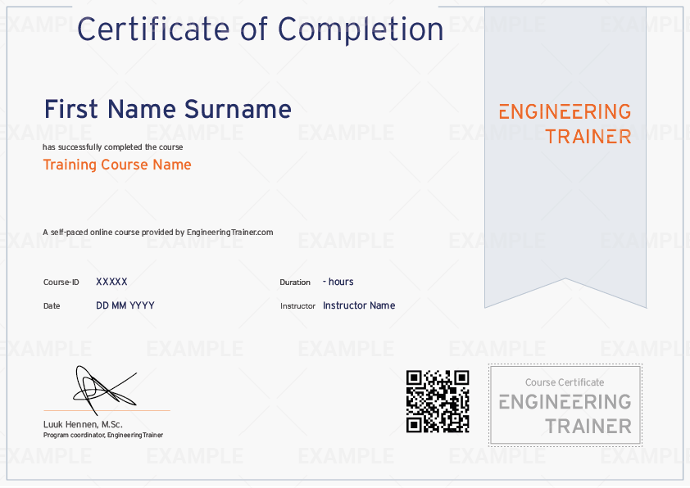
FAQ
This course consists of instructor-led live sessions which consist of presentations, demonstrations and discussions of questions. During each live session participants can ask questions to the instructor (through chat or microphone) which will be answered.
Please note that for privacy reasons no recordings of the live sessions are made or provided.
The training material used in the live sessions, for example the slides or exercises, will be available in the EngineeringTrainer portal for a year after the date of the training allowing you to refresh your knowledge or review material if needed.
No, course content is not available for download.
The training material used in the sessions, for example the slides or exercises, will be available in the EngineeringTrainer portal for a year after the date of the training allowing you to refresh your knowledge or review material if needed.
Please note that for privacy reasons no recordings of the live sessions are made or provided.
Yes, interactive Q&A sessions are part of the live sessions in this course and allow you to interact with the instructor and ask questions
Outside the sessions, you can also submit questions by email, during the 3 month validity period of the software license.
To respect the privacy of the participants the live sessions will not be recorded, and as such the live sessions cannot be played back. Therefore it is important for all participants to block the time slots of the live sessions in their calendars and be present.
Yes, attendees will receive temporary licenses for the “ACM Wind Energy Simulator” package, to be installed in their PCs, and valid for 3 months.
Yes, this course qualifies for PDH hours as per the NCEES CPC Guidelines.
